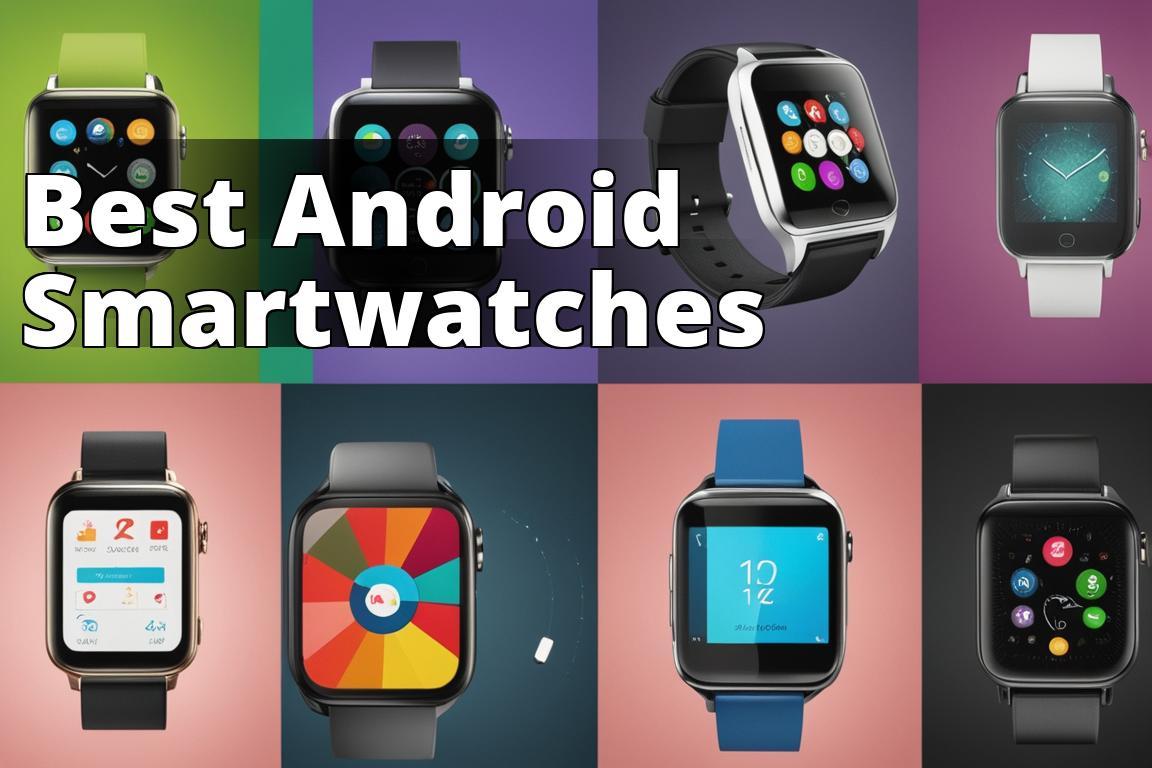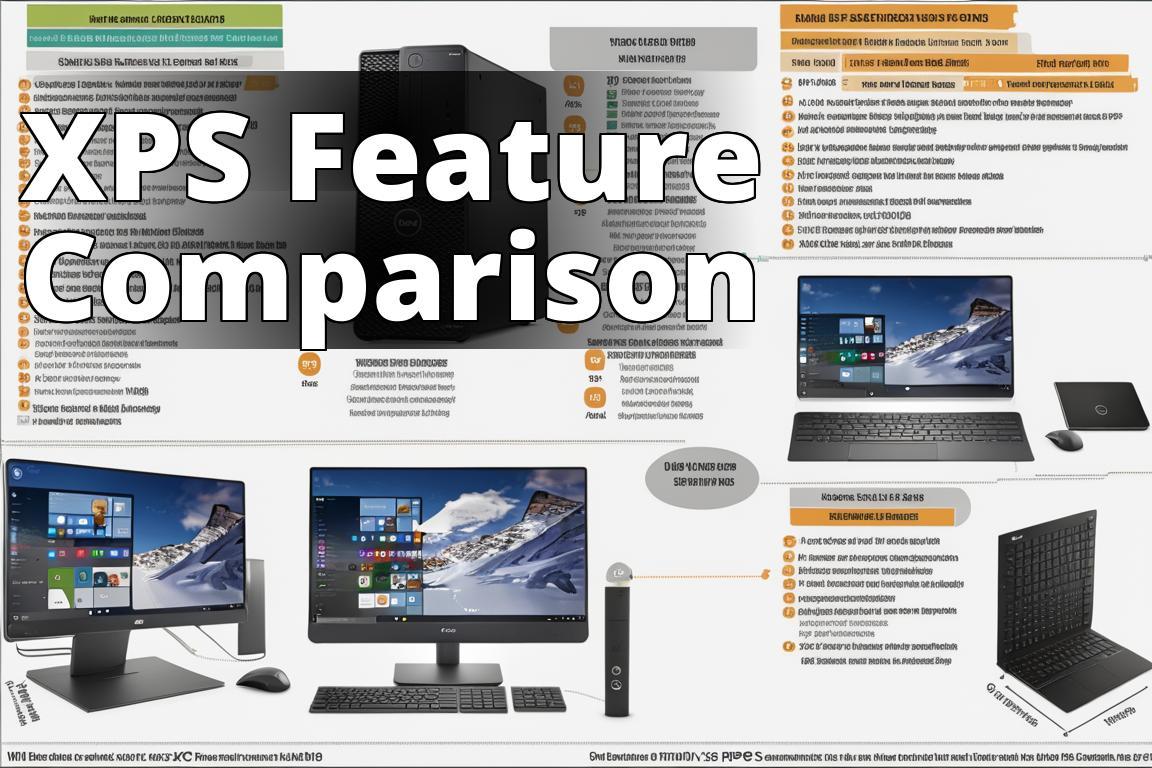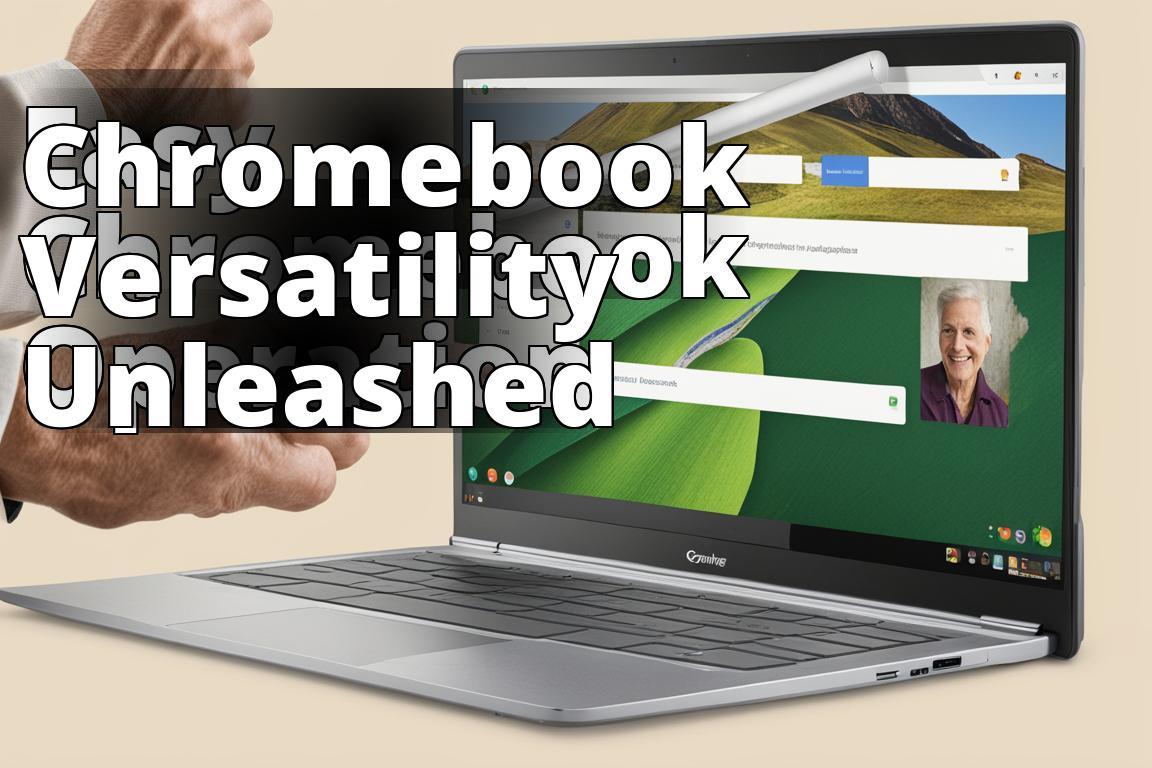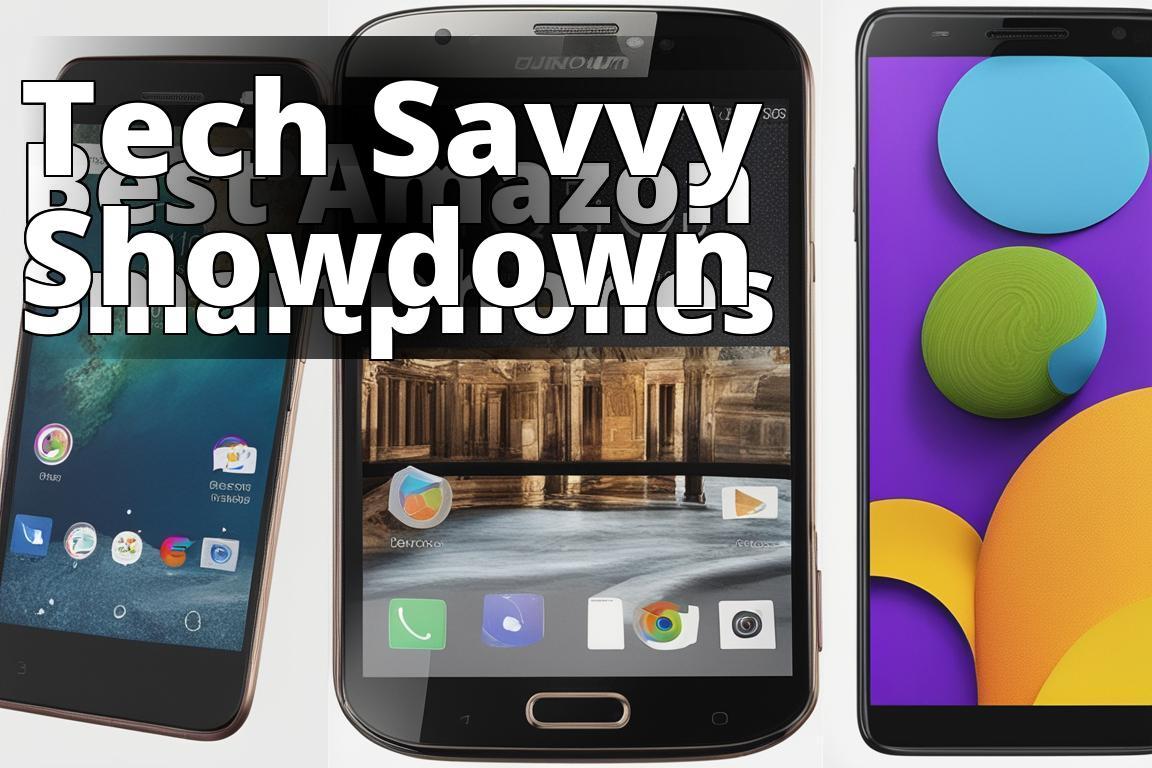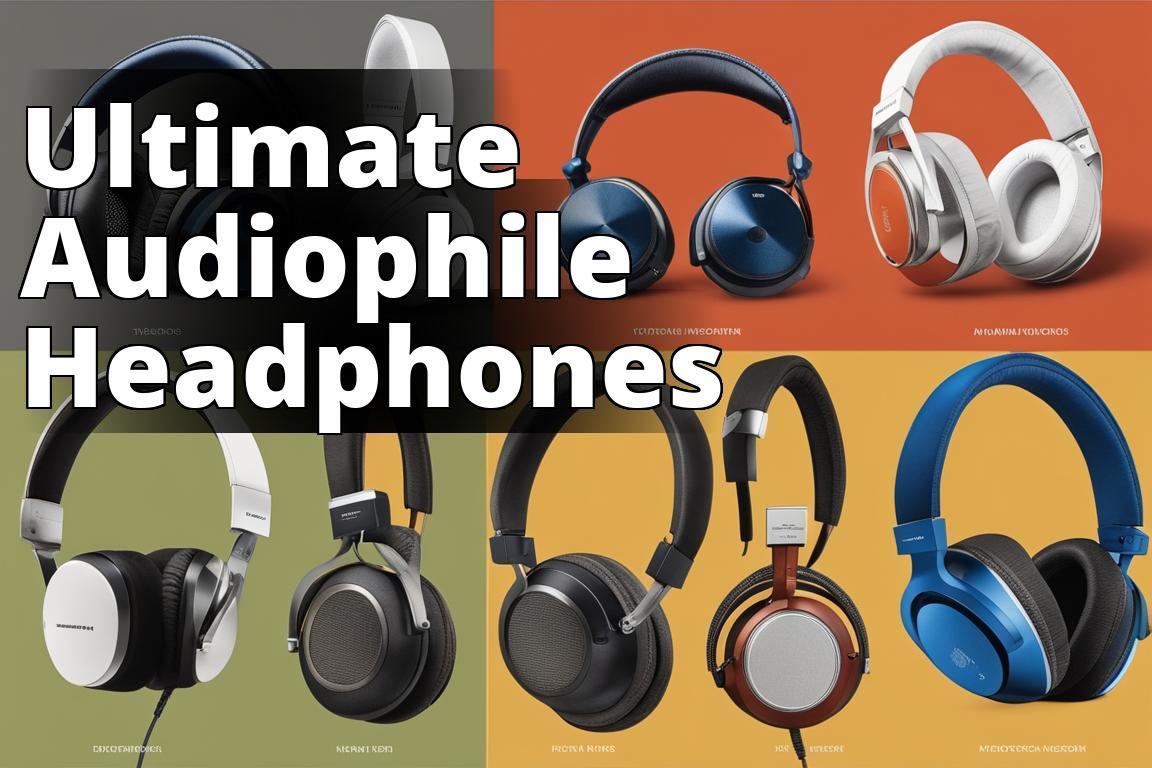Why is a Phone Camera important?
In today’s tech-driven world, phone cameras are becoming increasingly important. They allow us to capture not only our special moments but also everyday memories that we may otherwise forget. With the advancements in technology, phone cameras have become more sophisticated, offering high-quality images and even professional-grade features. With the ease of portability, we can snap a picture or record a video anytime, anywhere. In addition, social media has made sharing our experiences with others a commonplace, and phone cameras allow us to do so with ease. The importance of phone cameras goes beyond just the act of capturing an image, it has become a reflection of our lives and an extension of our memories.
When it comes to choosing a smartphone, camera quality is often a top priority. Apple and Android are two of the biggest players in the market and they each have their own unique camera systems. One key difference is the number of lenses on the back of the phone. Apple traditionally has had a dual-camera system while Android phones often feature multiple cameras, sometimes up to four or five. When it comes to image processing, Apple tends to focus on software optimization while Android manufacturers focus on hardware prowess. This means that Apple cameras often produce more natural looking colors while Android cameras have more depth and detail in the shadows. Ultimately, the choice between Apple and Android cameras comes down to personal preference and intended use. Whether you prioritize color accuracy or depth of field, both systems offer their own advantages.
Hardware
When comparing the features of Apple and Android cameras, there are a few key differences to keep in mind. First, the aperture on an Apple camera tends to be wider than on Android devices, allowing for more light to enter the lens and resulting in brighter and clearer photos in low-light conditions. Additionally, the sensor size on Apple devices is generally larger, providing better image quality and more detail. However, Android cameras often offer more flexibility when it comes to lenses, allowing for a wider range of options and better zoom capabilities. Ultimately, the choice between Apple and Android cameras comes down to personal preference and the specific needs of the user.
Software
When it comes to smartphone cameras, both Apple and Android offer a plethora of features. However, there are distinct differences between the two. Apple’s cameras are renowned for their ease of use and intuitive design, with high-quality image processing that produces striking, vivid photos. Meanwhile, Android’s cameras typically offer more advanced editing options and greater precision when it comes to adjusting settings such as ISO and shutter speed. Ultimately, the choice between the two comes down to personal preference and priorities. If you value ease of use and top-quality images, an iPhone camera might be the right fit for you. But if you’re looking for more control and customization options, an Android device might be the way to go.
User Experience
The user interface and functionality of the camera app on Apple and Android devices differ in a variety of ways. Apple’s simple design approach features large icons that are easy to use and navigate. Access to the camera functions on an iPhone is straightforward, with a swipe of the screen bringing up additional options, such as video recording or slow-motion. In contrast, Android devices offer more customization options, allowing users to adjust settings like ISO and shutter speed. However, this customization can come at the cost of usability for some users. Overall, both Apple and Android have their strengths when it comes to camera app design and access to functions. Ultimately, the choice between the two may come down to personal preference and the intended use of the device.
Storage and Battery Life
Capturing and sharing photos has become a significant part of our lives, and choosing the right smartphone for this purpose can make or break your photography experience. When it comes to Apple and Android phones, there are differences in battery life and storage that can affect this process. Let’s start with battery life, Apple phones tend to have slightly better battery life than most Android phones. This could mean the difference between capturing those essential moments or not. On the other hand, Android phones tend to offer better storage options than Apple phones, which can come in handy if you take many high-quality photos. Therefore, before making a decision, one must consider both battery life and storage capacity to ensure that their photography experience is top-notch.
Conclusion
In conclusion, when it comes to the cameras between Apple and Android devices there are some clear differences. For starters, Android devices tend to have more advanced features built into their cameras compared to Apple’s iPhones. Though Apple does provide a wide array of applications for its users that support editing photos taken with their iPhones. Additionally, the overall hardware quality of an iPhone is unparalleled in comparison to Android. That said, cost should also be a major deciding factor when choosing between both mobile devices. Generally speaking, Android devices tend to be more cost-efficient than Apple products and therefore could suit many consumer’s needs depending on their wants and desires. All in all, determining which camera is better from each device is largely subjective as both offer great quality pictures that phones from just a few years ago were unable to generate. Whenever you shop for products related to camera use, always weigh the pros and cons before making your final decision because it can save you money in the long run.
No products found.
No products found.

